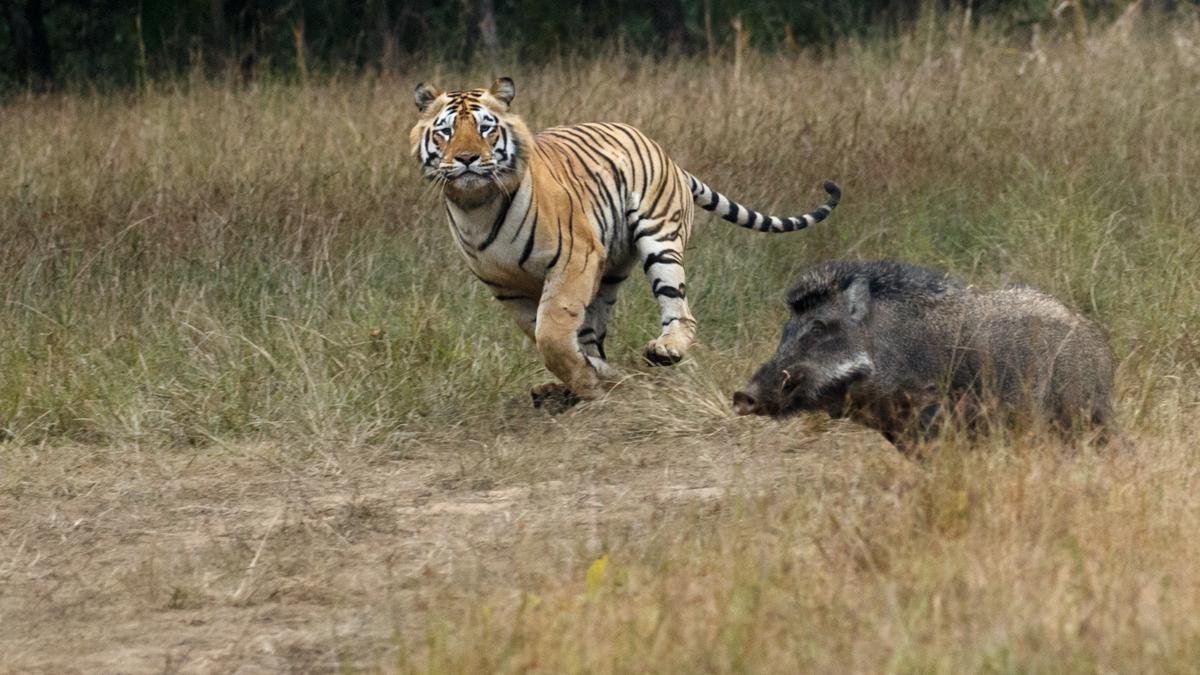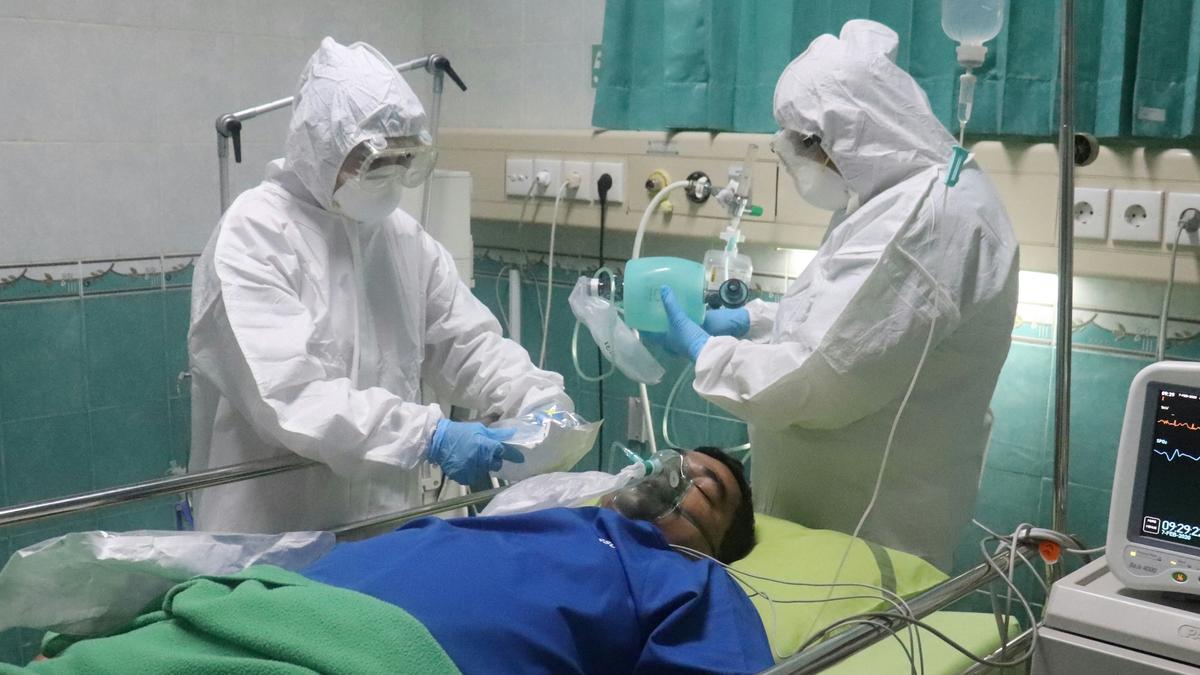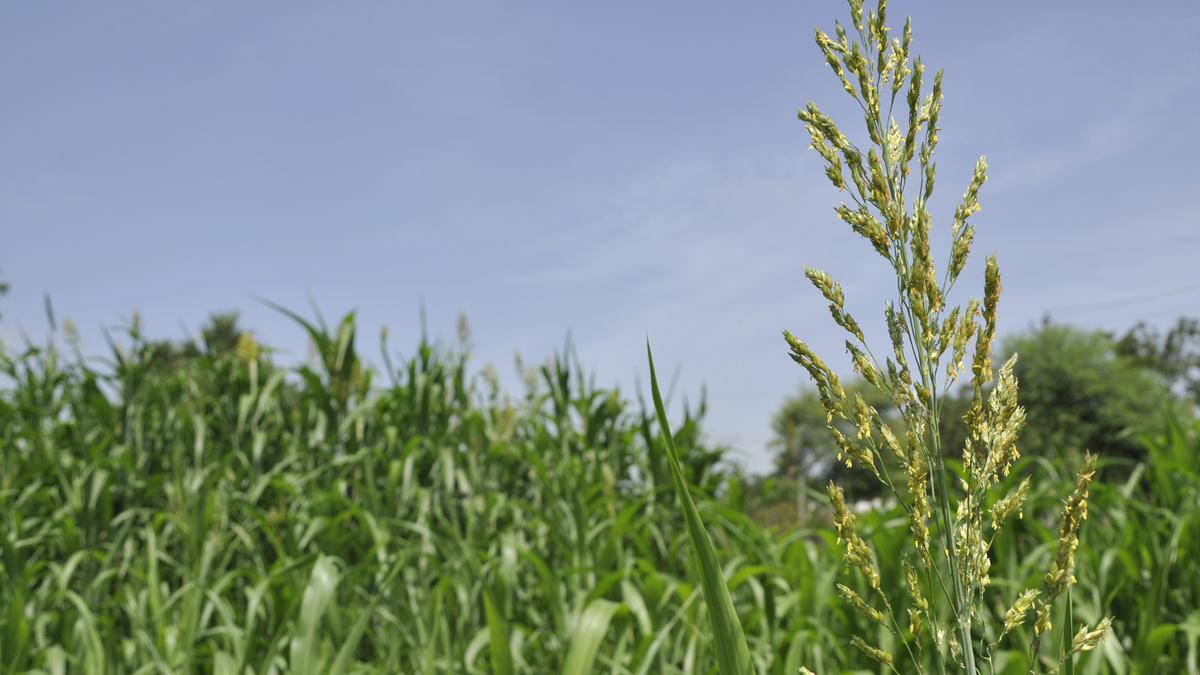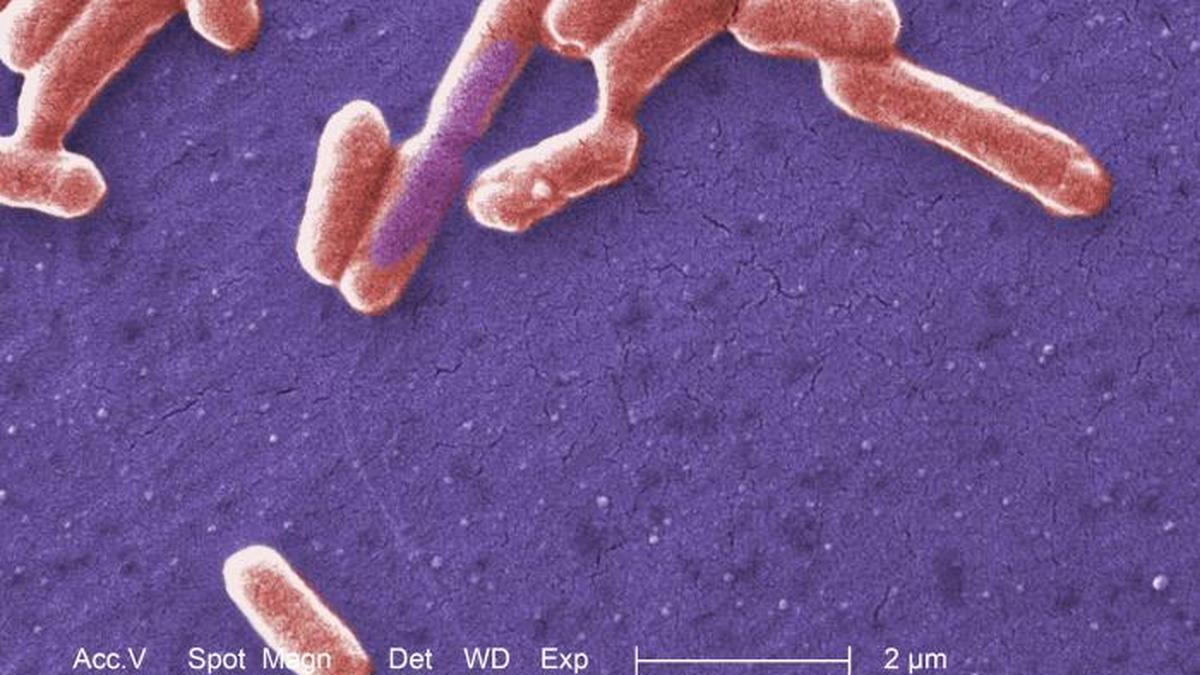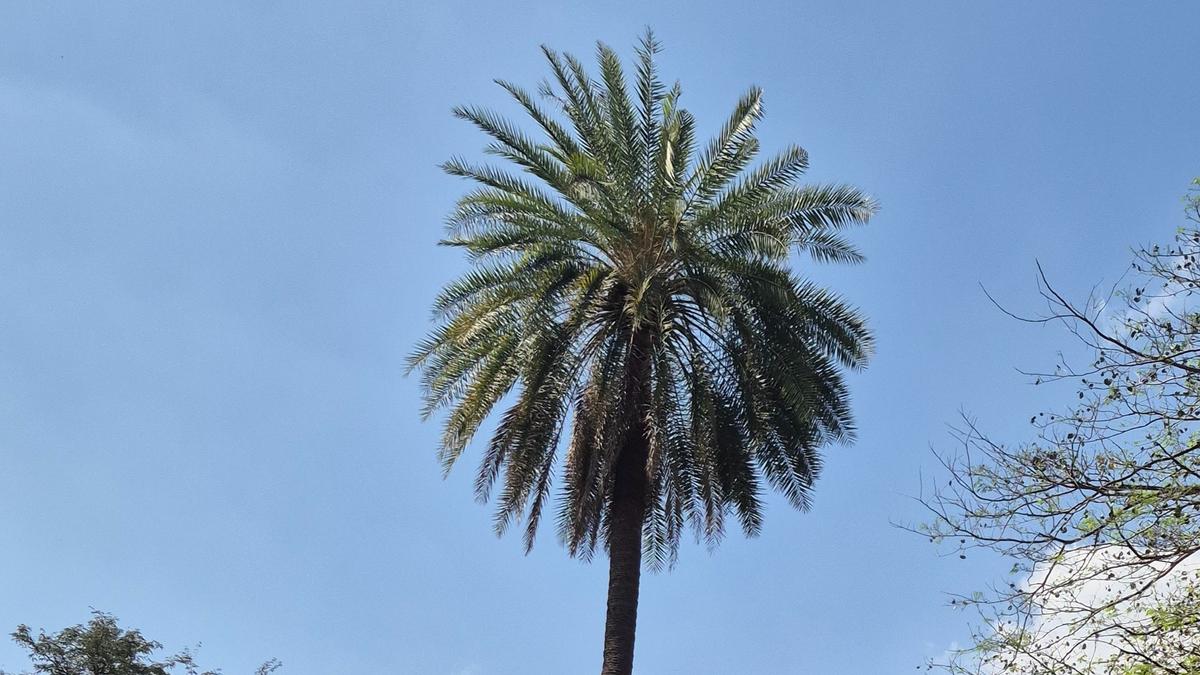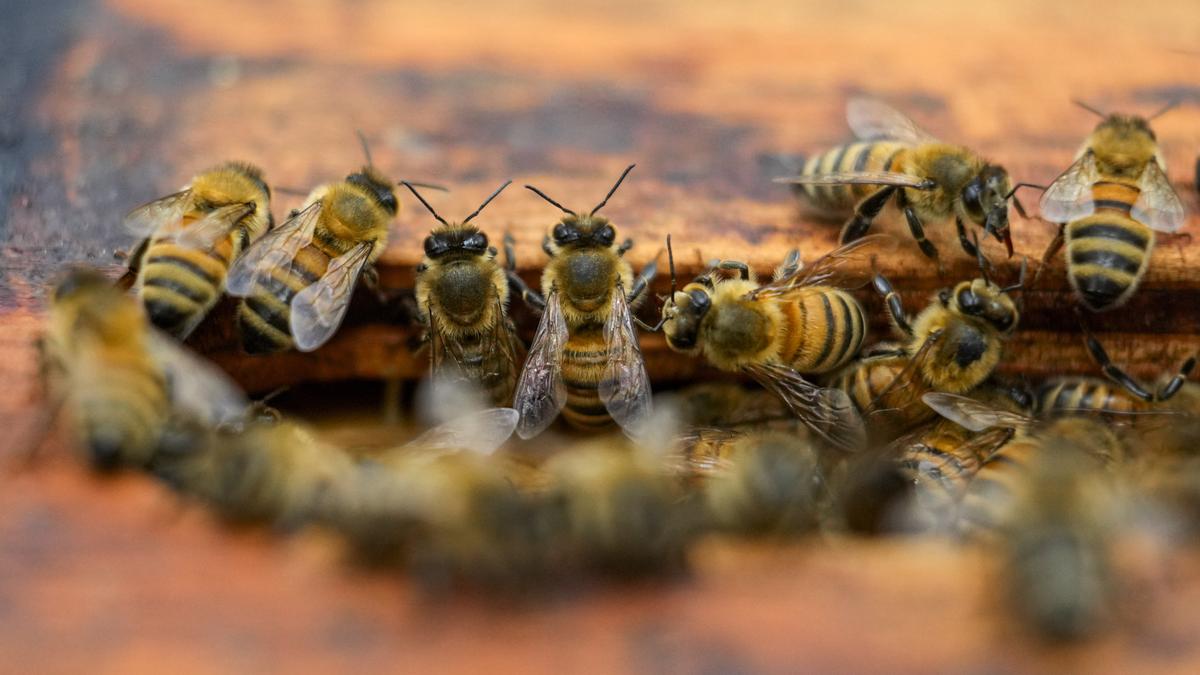Ethanol fuel plan cuts imports, worries motorists. What does science say?
In 2021, the Government of India had said it will move to 20% ethanol blending in petrol by 2025 with the two-pronged goal of cutting carbon emissions and reducing the country’s dependence on foreign oil. While vehicles modified to be compatible with the new composition started rolling out in April 2025, the government’s push for … Read more
